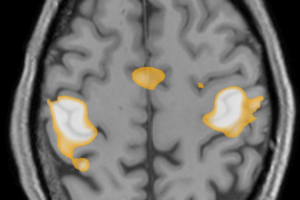
Functional MRI (fMRI) is a new imaging modality that allows for dynamic evaluation of brain function in addition to structure. In the brain, blood flow is tightly coupled to neuron function. Read more »
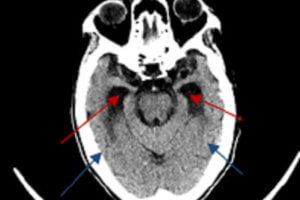
The most common cause for enlargement of the ventricles is ex vacuo dilation due to atrophy of the cerebral parenchyma. It is important to distinguish ex vacuo ventricular dilation from true enlargement... Read more »
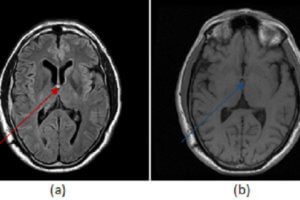
Hydrocephalus refers to enlargement of the ventricular system and two broad categories are recognized – communicating and noncommunicating. Read more »

A number of pathological processes affect the limbic system. Patients with longstanding temporal lobe seizures can develop mesial temporal sclerosis, a condition characterized by atrophy of the hippocampus. Neoplasms, both benign and... Read more »

The limbic (derived from the latin limbus, to border or edge) system is a network of structures centered in the medial temporal lobe. These structures or their analogs are found in the... Read more »
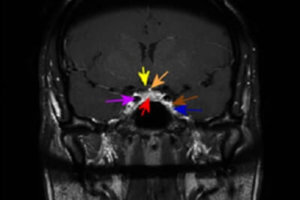
Situated in the midline just above the skull base and bridging the sphenoid and temporal bones, the cavernous sinus is a collection of venous channels that serves as a major conduit for... Read more »

What is brain MR spectroscopy used for? MR spectroscopy gives a chemical profile of a region of brain. This is useful in differentiating normal brain tissue from tumor, regions with ischemia, or... Read more »

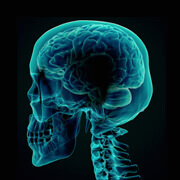 Core concepts of neuro-imaging from CT to MRI and functional imaging.
Core concepts of neuro-imaging from CT to MRI and functional imaging.